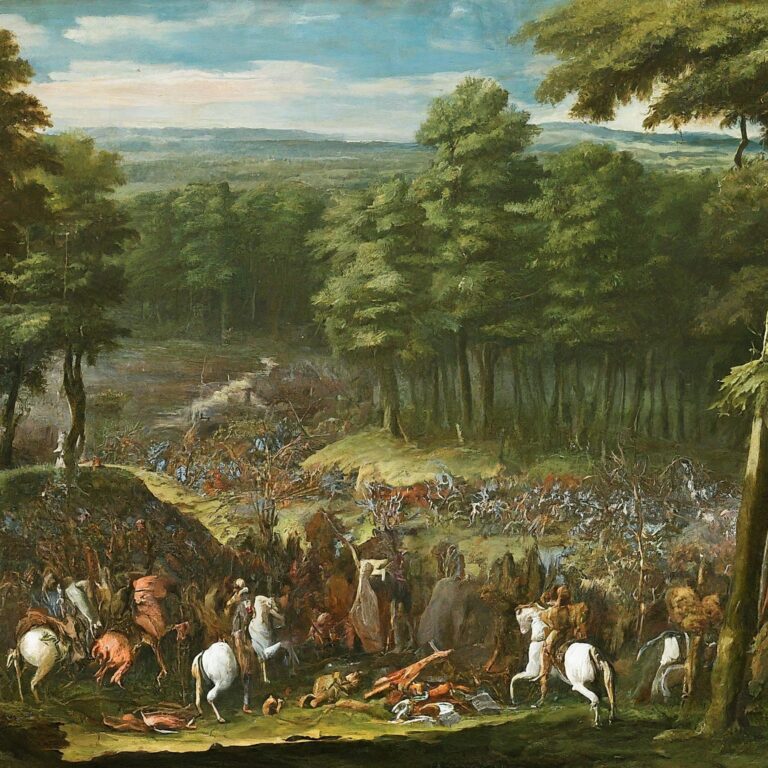The Battle of Adrianople, fought on August 9, 378 CE, is often considered one of the most significant battles in the history of the Roman Empire. It took place near the city of Adrianople (modern-day Edirne, Turkey) and resulted in a catastrophic defeat for the Roman army at the hands of the Goths, a group of Germanic tribes. This battle marked the beginning of the decline of the Western Roman Empire.
The battle stemmed from tensions between the Roman Empire and the Goths, who had been allowed to settle within Roman territory to escape the advancing Huns. However, the Goths were mistreated by corrupt Roman officials, leading to rebellion. The Eastern Roman Emperor, Valens, decided to confront the Goths before reinforcements could arrive from the Western Empire.
Valens, overconfident in his army’s strength, marched to meet the Goths without waiting for help from the Western Emperor Gratian. The Roman army was exhausted from marching, but Valens decided to attack the Gothic camp, which was protected by a circle of wagons. As the Roman forces engaged, the Gothic cavalry, which had been raiding nearby, returned and attacked the Roman flanks.
The battle turned into a disaster for the Romans. The Goths outmaneuvered the Roman infantry, and the Roman cavalry fled, leaving the infantry surrounded. Emperor Valens was killed, and two-thirds of his army perished in the fighting. The defeat at Adrianople shook the foundations of the Roman Empire, exposing its vulnerability to barbarian invasions.
The Battle of Adrianople is often seen as a precursor to the eventual fall of the Western Roman Empire in 476 CE. It demonstrated the empire’s inability to control its borders and manage relations with the growing power of the Germanic tribes.

